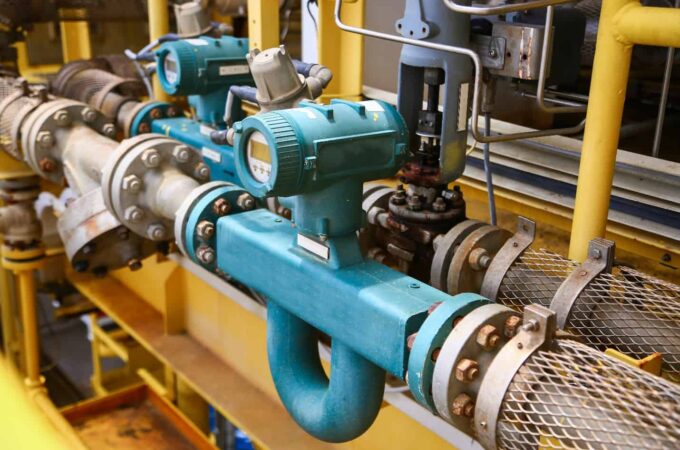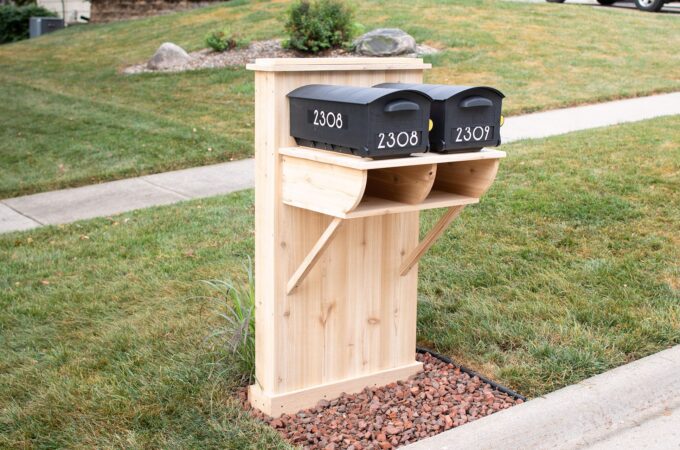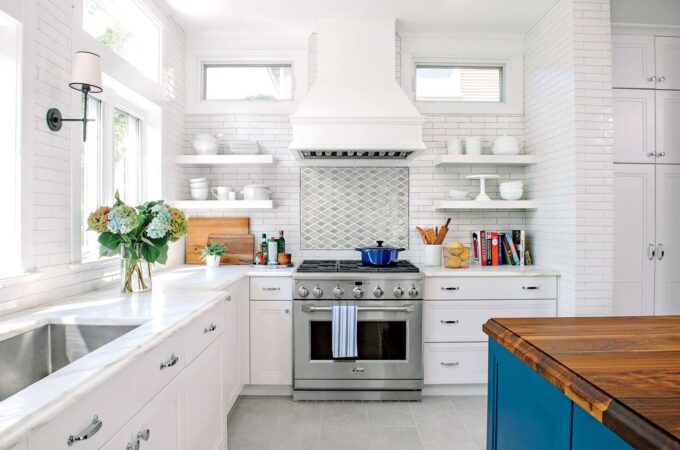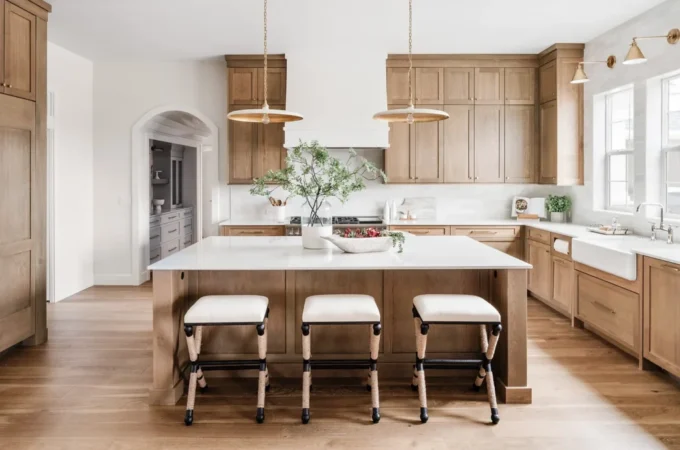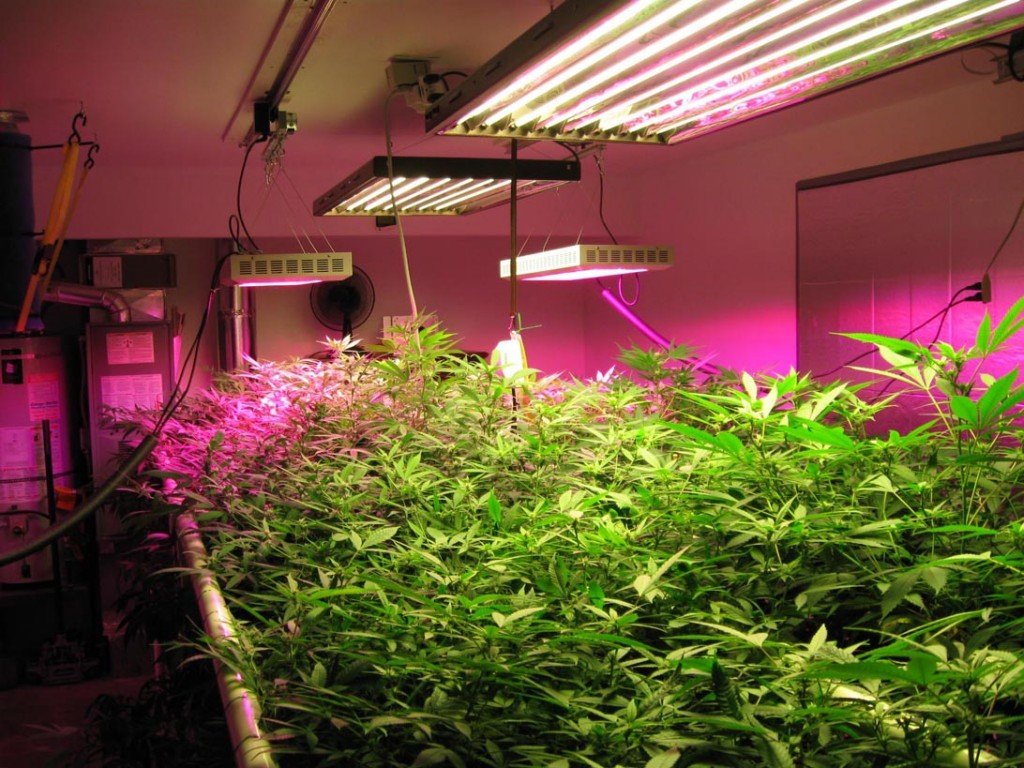
Thinking about Using LED Grow Lights? Here are the 7 Mistakes to Avoid
Don’t haste the grow but gentle with the growth
Light is the most vital ingredient for growing indoor plants as it induces the photosynthesis process in plants. Apart from the Sun, a variety of LED grow lights or online lamps are being used today that further enable plants to make their own food; however, excess of anything is injurious, and when it comes to LED grow lights, the plants that are usually grown within closed walls the statement is justified. While it cannot be denied that grow lights play an important and efficient role in helping plants to survive, but sometimes can harm the fragile plants due to our laid back attitude; therefore, here are 7 mistakes one must avoid while using LED grow lights after buying any –
1. Do not overheat the plants’

Young plants are much fragile and have less resistance power compared to fully grown foliages. One might ask how to understand if we are overheating the plants? It is easy if the leaves around the light start to look dull with brownish texture, it is a clear silent pray from the plants to go slow with the lighting intensity. Overheating can be caused by exposing lights more than required. Due to the placements of so many lights, the leaves start to become brownish from the edges, if one notices during the early stage of the damage it would be much easier for the plant to revive to its freshness. Also, apart from turning brown, the leaves start to curl backward due to an excessive amount of heat. In that case, adjusting the heat or allowing more space for air circulation for your plants will be useful.
2. Do not under heat the plants either
Similar to overheating, under heating the plants can be harmful as well. For proper growth, plants require sufficient amount of nurture and heat. While overheating causes abundant lights, under heating is the result of the lack of sunlight. It is advised that you decide on the number of plants you are planning to plant first, and buy grow lights according to that number. You may seek advice from reviews on online lamps site with directions and suggestions from existing users.
3. Place your lightings cautiously

Even after having the perfect light intensity, plants might still sustain damages due to improper placement of LED grow lights. Thus, placing the lights either too close to the plants or too far from the plants could hinder their growth. The ideal distance for placing lights from the plants should be between 12 to 18 inches apart.
4. Select your required light spectrum
For efficient growth of plants, they require different light spectrum in each of its growing stages. Be careful with the setting and intensity of the lights according to the size and growth of your plants. For instance, you won’t feed a two month old child apple right? The same level of care and effort will be required while using the light spectrum as it will further induce photosynthesis. To inform, plants gain the most benefit from blue spectrum lights during their vegetative growth stage and the gardeners are urged to avoid the red spectrum to avoid causing any possible damages to the plants.
5. Remember to adjust the lights

As the plants grow bigger the lights used for photosynthesis should be adjusted according to their growth rate. Often plants get damaged, as a result, they fail to reach their optimum height. We often forget to adjust the height of lights, not blaming but generally, the plant owners think the distance above won’t be causing any significant change, but alas, you might end up killing the poor thing! Also remember to occasionally rotate the plants, in case the lights are covering only one portion of a plant while keeping the other portion incomplete or partial darkness.
6. Keep a stabilizer for the LED grow lights
LED grow lights are long term investments for your plants, therefore, to maintain the lights with proper care is essential. It is recommended that you use a power stabilizer to connect the lights with in order to stabilize the voltage, thus reducing your electricity bills while making sure you don’t need to buy a new set of lights soon.
7. Avoid overwatering your plants during the use of grow lights

Grow lights produce a good amount of heat that results in the soil drying out sooner, and requiring more water, however, it is important that one must adjust and water the plants as per requirement without flooding the plants. As mentioned in the very beginning too much of anything is injurious.
After reading this article the readers might think, raising plants is a tough and time-consuming job as raising a child. But we are confident that once you begin to love your plants you will take the extra effort so that your dear plants grow to be the healthiest and greenest plants in the entire neighborhood.
